Content by Philip Rozeboom

Factors Influencing Spray Coverage
Learn about the different factors that influence spray coverage and how you can tailor your practices to ensure that proper coverage is achieved.
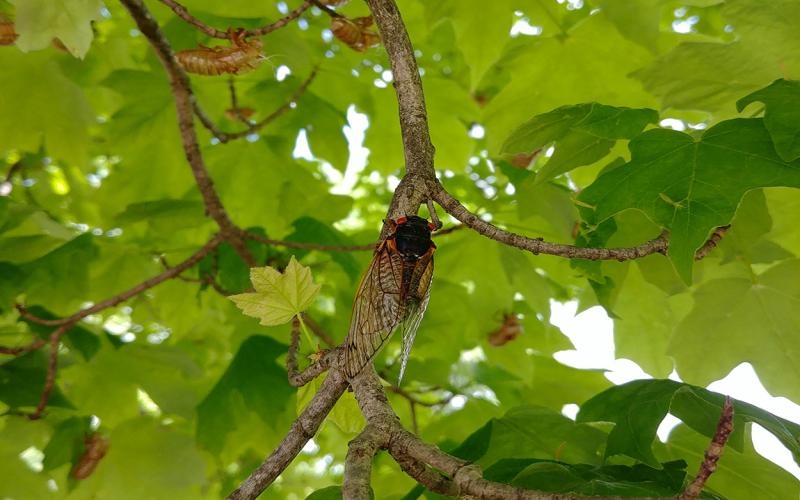
I heard cicadas are having a big year. Are they coming to South Dakota?
Cicadas are making headlines—specifically the periodical cicadas in Brood XIII and Brood XIX. Both both broods are in the Midwest and are geographically close together. Find out where you can expect to see them this spring.
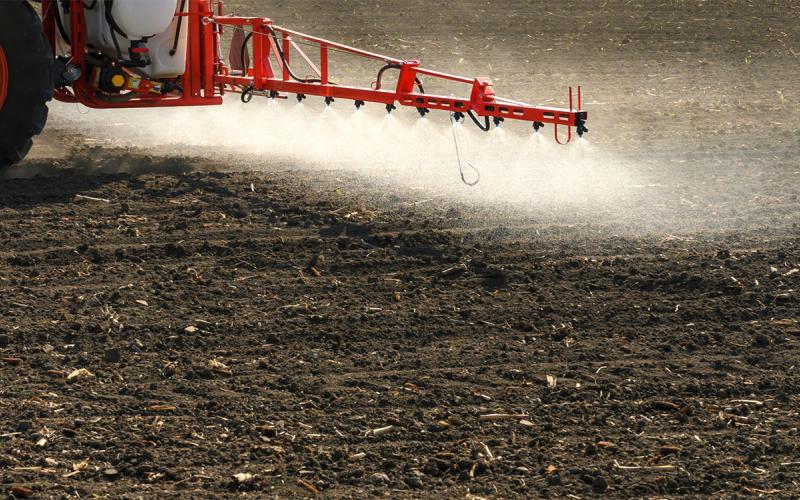
Preemergence Herbicide Application Considerations for 2024
Preemergence herbicides control germinating weeds, which minimizes early-season competition with crops to keep yield potential higher. Learn what factors influence their effectiveness and what can be done to avoid control failures and unintended crop injury.
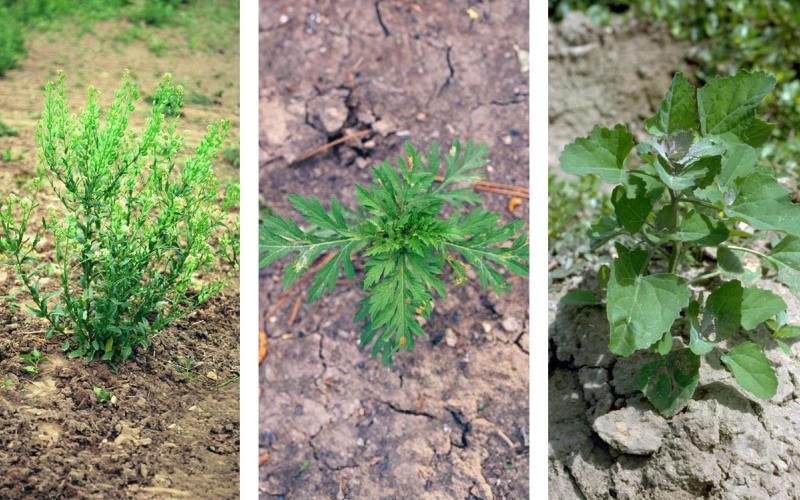
Early Emerging Weeds and Effective Management
Managing early emerging weeds before crop planting or emergence is important to minimize early season competition, which can lower yield potential, even if the weeds are managed later in the season. Learn some tips for getting started.
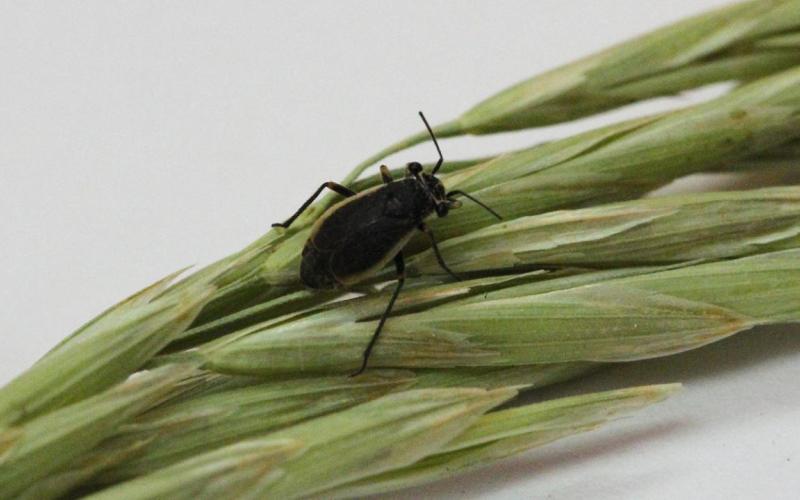
Keep an Eye on Black Grass Bugs This Spring
In South Dakota, black grass bugs are a common spring pest of forage grasses. This native insect first appears in late April and May when grasses emerge from dormancy.

South Dakota Grasshopper Prediction for 2024
In 2024, grasshoppers are likely to cause problems in areas of South Dakota due to large populations that were present in 2023 and the relatively late first hard freeze date observed in much of the state.

Organophosphate Insecticides Under Continual Review by the Environmental Protection Agency
Recent moves by the EPA to limit or prevent the use of organophosphate insecticides present challenges for growers seeking effective pest control. So, what is motivating these changes, and what do they mean for producers?
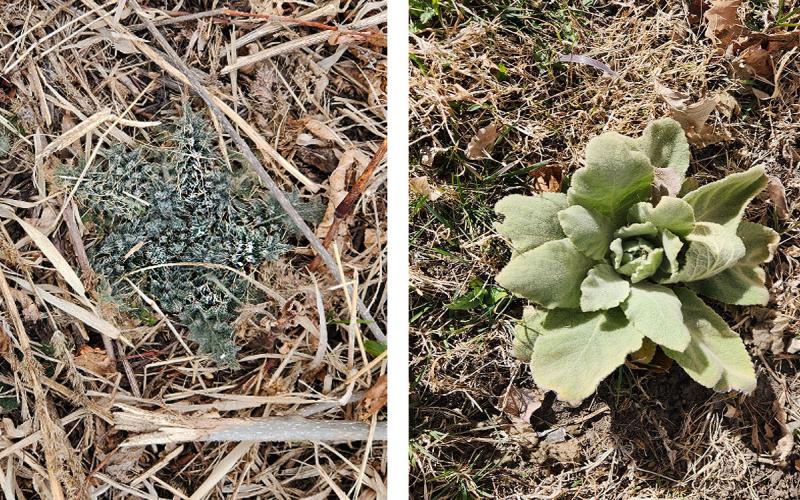
Biennial Weed Species Have Started to Emerge
The warmer weather this year has caused some biennial weed species to emerge earlier than normal. Learn some management considerations for areas that have been historically infested with biennial weeds.
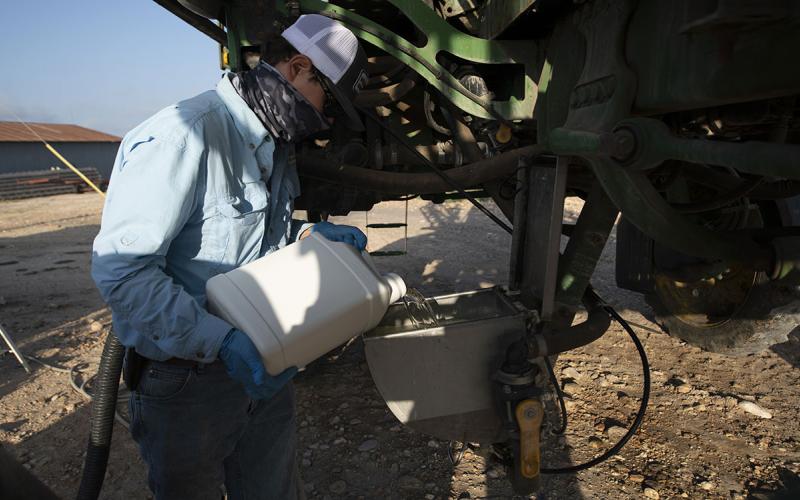
Chlorpyrifos Products Can be Used in 2024 for Insect Pest Management
The U.S. Environmental Protection Agencys recently announced that currently registered insecticide products with the active ingredient chlorpyrifos will be legal to use on labeled crops during the 2024 growing season.
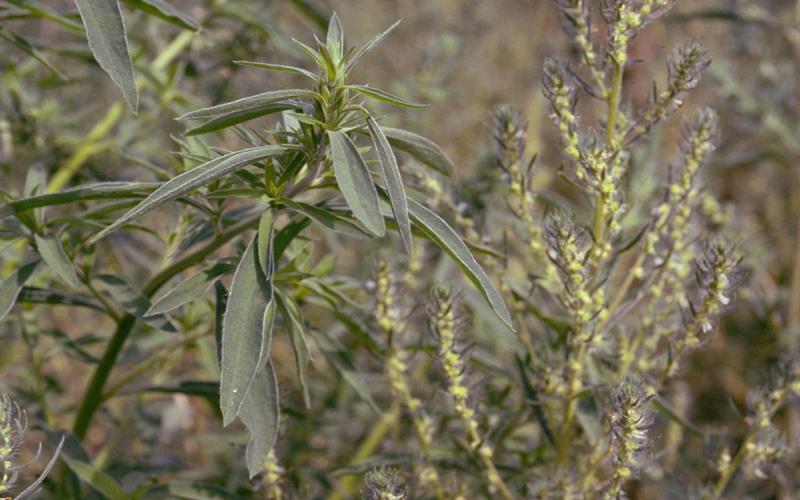
Kochia Preplant Burndown Management for 2024
Kochia is a weed that impacts many South Dakota crops, and it can reduce yields significantly if not properly managed. Learn some expert tips using chemical, cultural, and mechanical tactics to control it.